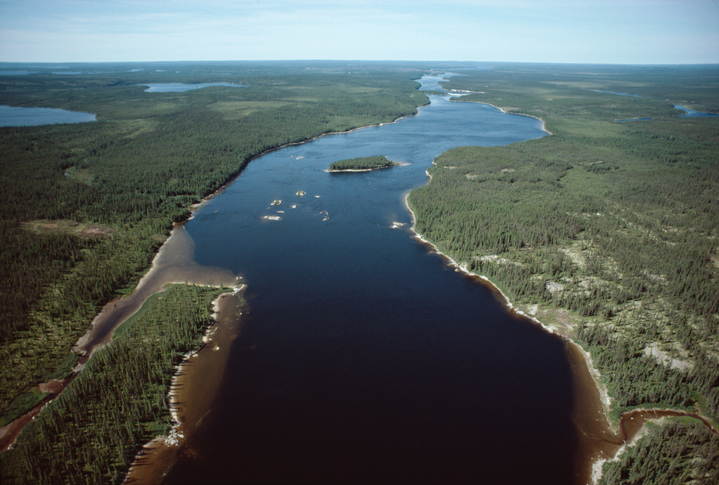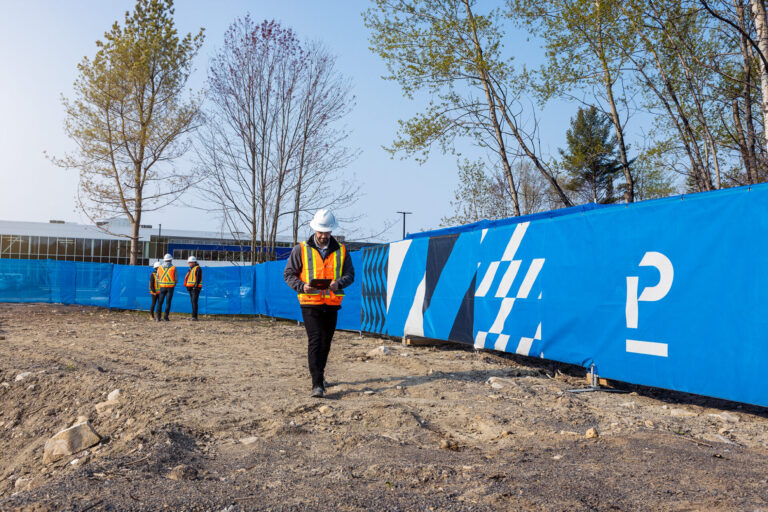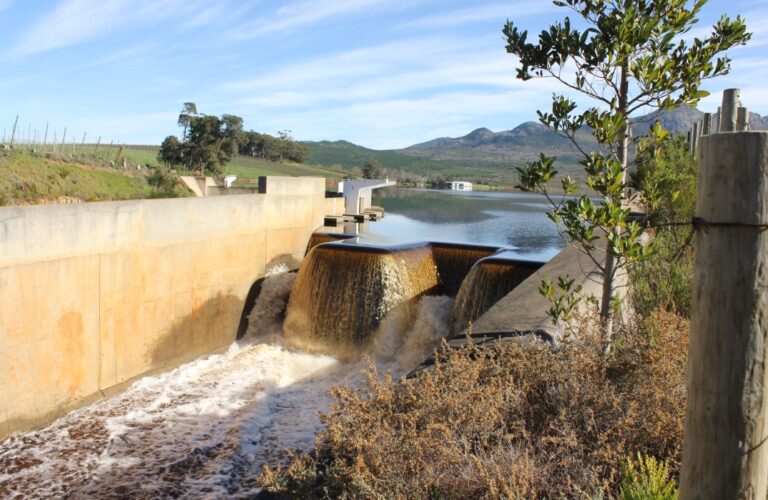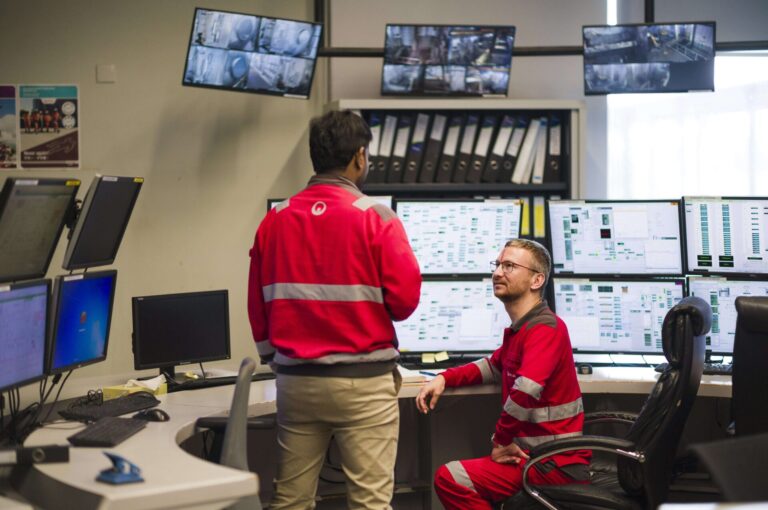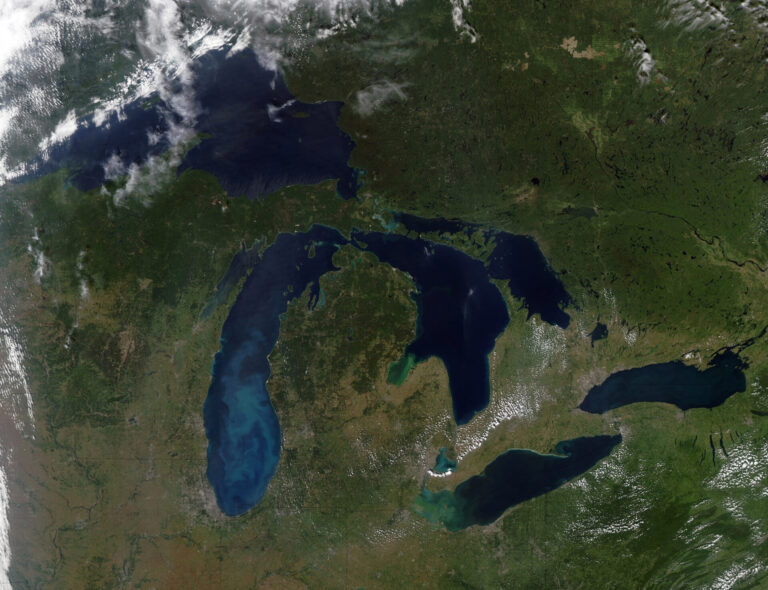In Canada we’re surrounded by water, which makes it feel like water is free. But the reality is the water we use–taps to toilets to storm sewers–cost money. From ensuring clean, safe drinking water to the treatment of wastewater before being discharged, the clear stuff that we take for granted comes at a high cost. (Spoiler alert: the cost is much higher than your monthly water bill).
In our most recent webinar, Water Canada talked to experts to better understand why we don’t value water as much as we should, what is being done to remedy this, and how we can ensure that water infrastructure is able to meet our increasing demands.
Water everywhere
Kathy Vassilakos, a former councillor for the City of Stratford points out that while people want to have access to safe, clean drinking water, she doesn’t feel that the average resident understands the amount of work and moving parts involved in making this happen. Part of it is due to the fact that much of the infrastructure involved isn’t on public display, which makes understanding its workings more difficult. “It isn’t so much that people don’t know the value of water,” she says. “They just simply don’t understand the complexity that goes into getting water to your tap. Also, the complexity of the regulatory pieces and the paperwork and auditing that goes into ensuring that.”
Robert Haller, executive director of the Canadian Water and Wastewater Association agrees. For him, this lack of understanding comes at a cost: The undervaluing and underpricing of water. “In the small municipalities,” he says, “we always joke about something being as cheap as dirt. Well, dirt is so much more expensive than water. You should say cheap as water. Imagine a truckload of dirt and how much it costs to get to your house versus that much water treated, delivered, taken away.”

According to William Fernandes, director of Water Treatment and Supply with the City of Toronto, while water is technically free, what isn’t free is the infrastructure that gets the water to our taps. “That part cannot be free because somebody has to do the treatment, somebody has to put up the plant, and somebody has to pay for all that.”
Vassilakos also mentions that while people may not complain about their water bill in terms of usage, there are often complaints with sewer surcharges. This is primarily because again, people may not understand that the water they use is part of a cycle that includes, not just the primary treatment to manufacture clean, safe, drinking water, but also the other end of the loop, where spent water goes through sewer systems to wastewater treatment plants; all of which come with costs attached.
And these levies need to be paid, according to Martin Bureau, vice president of innovation with SANEXEN. He points out that Canada’s apparent abundance of water makes it easy to take for granted. However, clean, safe drinking water costs money. “In Quebec, for example,” he shares, “there’s no tax on water or it’s almost hidden. Most taxpayers don’t even look at that small line and that line in terms of quantity of dollars is ridiculously low. That needs to change.”
As municipalities move forward in a post-Walkerton era of responsibility, protection, and access, there has been much discussion on how best to do this. After all, any improvements cost money, which in turn, trickles down to the customer. Increases in fees, although arguably necessary, also creates equity issues for vulnerable community members. Are municipalities equipped to create programs that ensure safe, equitable water delivery and treatment that includes a fair utility rate structure? How do municipalities balance affordability and equity with the true cost of water in their rate designs?
Fernandes recalls the City of Toronto’s water rates increase in response to the repair backlog in Toronto’s plants and piping. Nine per cent over nine years, with the increase being directed specifically to capital renewal (versus operations directing), provided Toronto with the opportunity to improve their water infrastructure. With the rise in water rates also came a focus on equity, with payments based on income and reduced rates for those who would otherwise be unable to afford the increase. While no one eagerly looks for increases in their monthly bills, for Fernandes the need for additional income to deal with aging infrastructure was essential. “I think this is the key,” he says. “You need the decision makers to understand that we either do something now or we kick this problem down to our children and grandchildren.”
Toronto is not the only governance model seeing successes. Waterloo also ranks well, as does Halifax, which has “a separate corporation that reports to a provincial regulator on setting their rates and making sure that things are seen properly,” says Haller. “You’ve got a place like Edmonton that’s created a corporation that not only serves their area, but also other communities around Alberta, Saskatchewan, and even into the U.S. and is a profit centre.”
Vassilakos notes that while these larger cities have more money to work with, thus access to innovative technology and newer methods of improving water delivery, smaller communities just don’t have that luxury. A solution to that: smaller municipalities piggybacking onto larger communities’ projects. In Stratford, when the opportunity presented itself to join up with a neighbouring project they got on board, taking advantage of a project they might not otherwise have been able to do themselves. “I think that when we talk about joint procurement, some municipalities getting a little more creative in how they go out for projects would really help.”

Pushing against limitations
What are the primary limitations to municipalities successfully closing the infrastructure gap in the water sector? Is it political sentiment, lack of financial capacity, lack of knowledge, governance issues?
For Fernandes, it’s all of the above. “The first thing to start with is a state of good repair backlog. What do you truly need?
Then you can define a financial structure to be able to take care of that state of good repair backlog. Then you can go to the decision makers and say, ‘Listen, here’s what we need to do. Here’s what the impacts are. We need to raise water rates.’ It’s a stage process. Education is a part of it. Having the councillors understand that if we don’t do things now, things are only going to get worse.” Vassilakos agrees, adding, “I would say that it’s also a little bit of council training. In most municipalities in Ontario, they’re part time: It’s not a full-time job. Yet when you think about the complexity of even just the three–water, wastewater, and stormwater– the complexity of that alone is really quite high.” Bureau adds that councillor training (or lack thereof ) can be a “double edged sword,” putting a councillor in a position where they may feel unequal to the task, thus reluctant to take risks with new innovative ideas and technology. “The education part needs to be quite strong to counter that effect.” With education comes the ability to effectively explain to the public the rationale behind increasing water costs. As Haller points out, if you know what your priorities are, then you are in a better position to go forward.
Takeaways
With more left to say, but little time to expand, the experts had some key parting thoughts on how to improve the way Canadians value water.
For Haller, it’s about public buy in: “Without the public involved, you’re not going anywhere. I think if you can build that understanding, appreciation at the public level, they will support the councilors who are getting more and more educated.”
Vassilakos focuses on flexibility and willingness to take on those big challenges. She says that “anything complicated will have a complicated solution, but there’s always a solution, and that it’s also iterative. What we’re going to do today might be a little different than what we’re going to do 10 years from now because of technology or emerging threats or things that are different and that the public should be okay with flexibility in what we’re doing.”
Bureau reminds us that perceived value equals cache: “Close to half a million Canadian don’t have access to water today. The value of water right now is minimal. We don’t pay for it and therefore it has no value and it’s not cherished. Value needs to equal cost. Right now it’s far from that. So, education, public awareness in long-term investment is the way to go.”
And Fernandes sums up the talk, ending on an inspirational note: “Just talking about all these issues is fantastic because it brings to mind what we need to do for the future and how we need to go ahead with replacement of infrastructure, with reducing water loss, and with expanding; pushing the plant expansions down the road.”



